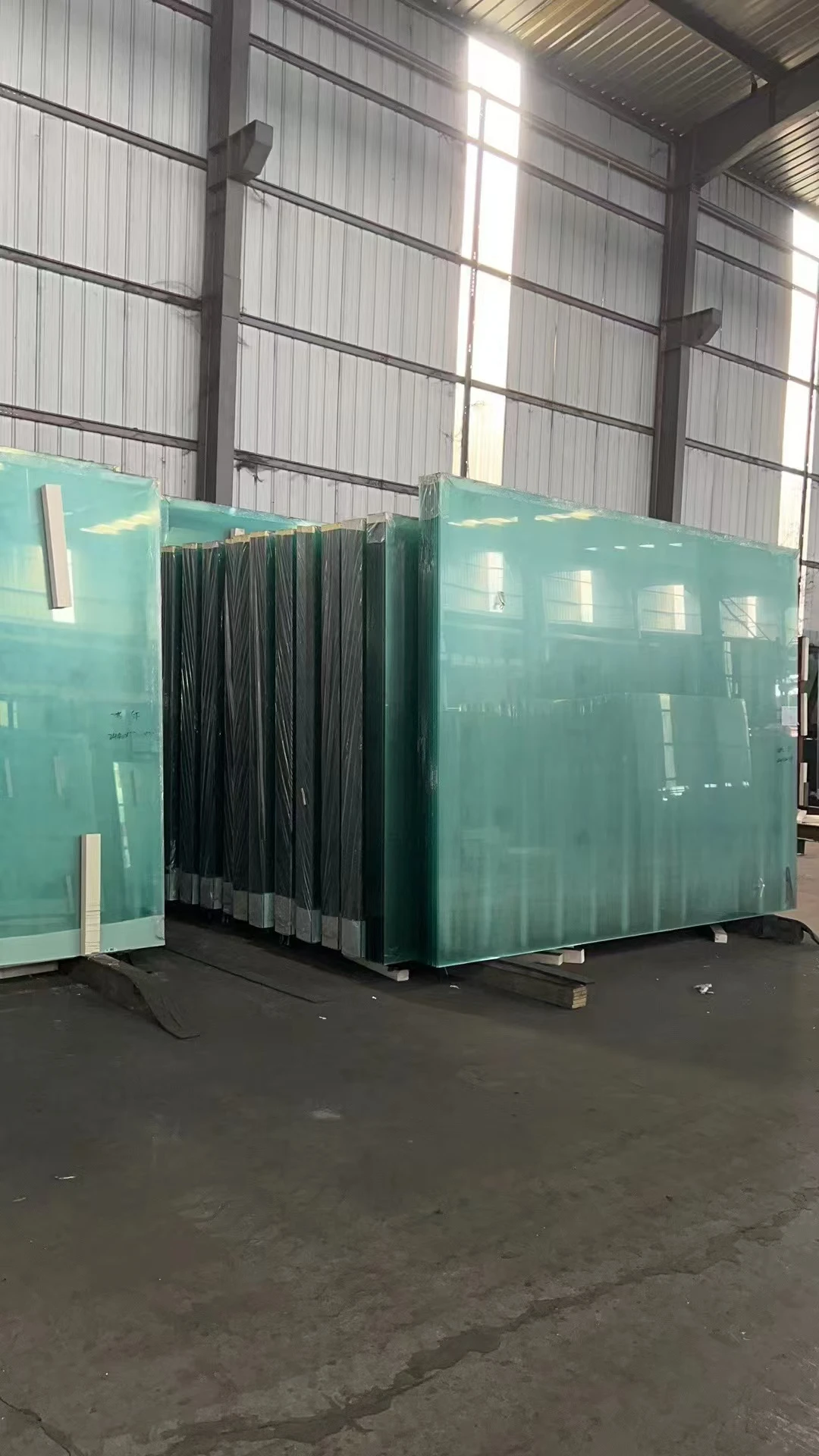The Art of Mirror Cutting A Merging of Precision and Creativity
Mirror cutting is an intricate craft that melds engineering precision with artistic creativity. This fascinating process involves shaping and finishing mirror glass, transforming plain sheets into beautifully crafted reflective surfaces that play a crucial role in both functional and aesthetic applications. From interior design to art installations, the techniques of mirror cutting are essential in creating stunning visual landscapes.
Understanding Mirror Cutting
At its core, mirror cutting refers to the process of shaping glass sheets into desired sizes and designs while ensuring a flawless reflective surface. The basic materials involved include glass sheets, specialized cutting tools, and polishing equipment. The cutting method typically employs a scoring tool to create a line on the glass surface, which guides the break along a predetermined path.
This process sounds simple in theory, but the reality requires a high degree of skill and an eye for detail. Any mistake in the cutting process can lead to cracks or fractures that compromise the integrity of the mirror. Thus, training and experience play significant roles in mastering mirror cutting.
Tools of the Trade
Professionals use a variety of tools to achieve the desired results in mirror cutting
. The most common tools are
1. Glass Cutter A handheld device with a hardened wheel used to score the glass, facilitating clean breaks.
2. Straight Edges and Templates For achieving precise cuts, straight edges help guide the cutter, while templates are essential for intricate shapes.
3. Polishing Compound and Buffing Wheels After the cut is made, edges must be smoothed and polished to eliminate sharpness and enhance the mirror’s reflective quality.
4. Water Jet Cutting For larger projects, water jet cutting machines can be utilized, providing high precision without causing thermal stress on the glass.
mirror cutting
Applications and Aesthetic Appeal
The applications of mirror cutting span various industries. In interior design, mirrors are not just functional; they serve as important decorative elements that can influence the atmosphere of a space. Strategically placed mirrors can create the illusion of larger spaces, enhance natural light, and add elegance to home decor. Custom mirror shapes and designs can be the centerpiece of a room, drawing attention and admiration.
In the realm of art, mirror cutting has evolved into a medium for creative expression. Artists employ mirrors in installations and sculptures, utilizing the reflective properties to enhance depth, perspective, and interaction within the artwork. The reflective quality offers viewers an immersive experience, allowing them to see themselves within the piece and fostering a connection between the observer and the artwork.
Challenges in Mirror Cutting
Despite its artistic and practical appeal, mirror cutting presents numerous challenges. The fragility of glass means that even the slightest miscalculation can lead to irreparable damage. Moreover, achieving a seamless finish requires not only technical skill but also an understanding of the material’s properties. Temperature variations and humidity can affect glass and the cutting process, demanding careful control of environmental conditions.
Additionally, the design aspect introduces a unique set of challenges. Balancing aesthetics with functionality requires creativity and insight into the space and context in which the mirror will reside. How a mirror reflects its surroundings can dramatically alter the perception of a space, making the design process as much about intuition as it is about practicality.
Conclusion
In conclusion, mirror cutting is a captivating blend of art and craftsmanship that has significant implications for both utility and aesthetics. As technology advances, so too will the methods and techniques employed in this field, broadening the horizons for creativity in design and functionality. For those interested in pursuing mirror cutting, it is essential to appreciate both the technical and artistic components of the craft, enabling them to transform a simple sheet of glass into a mesmerizing visual masterpiece. As with any art form, the mastery of mirror cutting is not merely about tools and techniques but also about understanding how light, reflection, and space can harmoniously coexist.
 Afrikaans
Afrikaans  Albanian
Albanian  Amharic
Amharic  Arabic
Arabic  Armenian
Armenian  Azerbaijani
Azerbaijani  Basque
Basque  Belarusian
Belarusian  Bengali
Bengali  Bosnian
Bosnian  Bulgarian
Bulgarian  Catalan
Catalan  Cebuano
Cebuano  Corsican
Corsican  Croatian
Croatian  Czech
Czech  Danish
Danish  Dutch
Dutch  English
English  Esperanto
Esperanto  Estonian
Estonian  Finnish
Finnish  French
French  Frisian
Frisian  Galician
Galician  Georgian
Georgian  German
German  Greek
Greek  Gujarati
Gujarati  Haitian Creole
Haitian Creole  hausa
hausa  hawaiian
hawaiian  Hebrew
Hebrew  Hindi
Hindi  Miao
Miao  Hungarian
Hungarian  Icelandic
Icelandic  igbo
igbo  Indonesian
Indonesian  irish
irish  Italian
Italian  Japanese
Japanese  Javanese
Javanese  Kannada
Kannada  kazakh
kazakh  Khmer
Khmer  Rwandese
Rwandese  Korean
Korean  Kurdish
Kurdish  Kyrgyz
Kyrgyz  Lao
Lao  Latin
Latin  Latvian
Latvian  Lithuanian
Lithuanian  Luxembourgish
Luxembourgish  Macedonian
Macedonian  Malgashi
Malgashi  Malay
Malay  Malayalam
Malayalam  Maltese
Maltese  Maori
Maori  Marathi
Marathi  Mongolian
Mongolian  Myanmar
Myanmar  Nepali
Nepali  Norwegian
Norwegian  Norwegian
Norwegian  Occitan
Occitan  Pashto
Pashto  Persian
Persian  Polish
Polish  Portuguese
Portuguese  Punjabi
Punjabi  Romanian
Romanian  Russian
Russian  Samoan
Samoan  Scottish Gaelic
Scottish Gaelic  Serbian
Serbian  Sesotho
Sesotho  Shona
Shona  Sindhi
Sindhi  Sinhala
Sinhala  Slovak
Slovak  Slovenian
Slovenian  Somali
Somali  Spanish
Spanish  Sundanese
Sundanese  Swahili
Swahili  Swedish
Swedish  Tagalog
Tagalog  Tajik
Tajik  Tamil
Tamil  Tatar
Tatar  Telugu
Telugu  Thai
Thai  Turkish
Turkish  Turkmen
Turkmen  Ukrainian
Ukrainian  Urdu
Urdu  Uighur
Uighur  Uzbek
Uzbek  Vietnamese
Vietnamese  Welsh
Welsh  Bantu
Bantu  Yiddish
Yiddish  Yoruba
Yoruba  Zulu
Zulu 

